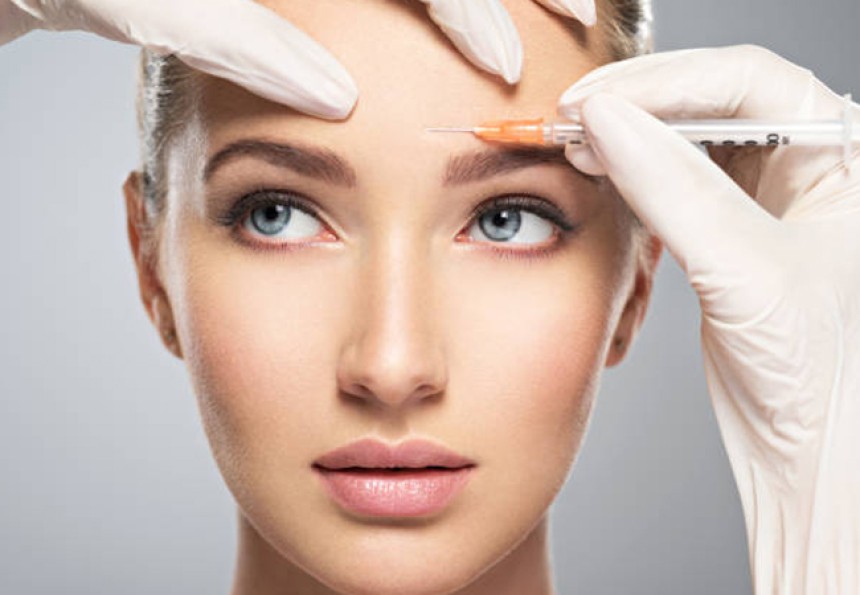
Managing Morphea Flare-Ups: Strategies and Laser Treatment
Morphea is a special kind of skin problem called localized scleroderma. It makes some parts of the skin become thick and change color. This can be a little tricky to deal with. Even though we don't have a cure for it yet, we have ways to make it better when it acts up and helps with uncomfortable feelings. This guide will show you how to handle Morphea and talk about a special treatment called laser treatment.
Coping Strategies for Morphea Flare-Ups:
Moisturization: Keeping your skin well-moisturized is paramount. Opt for a fragrance-free, hypoallergenic moisturizer to prevent excessive dryness and enhance the overall appearance of your skin.
Gentle Skincare: Choose mild, non-irritating skincare products to avoid exacerbating Morphea symptoms. Steer clear of harsh chemicals and fragrances that could potentially irritate your skin.
Sun Protection: Shield your skin from UV rays, as sunlight can worsen Morphea. Employ protective clothing, including hats and long sleeves, and use a broad-spectrum sunscreen to ward off flare-ups.
Stress Management: Stress can exacerbate Morphea. Integrate stress-reduction techniques like meditation, yoga, or deep breathing exercises to effectively manage flare-ups.
Regular Exercise: Engage in gentle exercises such as swimming or walking to enhance circulation and flexibility in affected areas. Consult a healthcare professional or physical therapist for a customized exercise plan.
Topical Steroids: In certain cases, dermatologists may prescribe topical steroids to diminish inflammation and soften the skin. Always use these medications under the guidance of a dermatologist.
Laser Treatment for Morphea:
Pulsed Dye Laser (PDL): Targets blood vessels to reduce redness and inflammation in Morphea-affected areas, resulting in an improved appearance.
Fractional Laser Therapy: Induces microscopic injuries in the skin, promoting collagen remodeling to soften and refine the texture of Morphea-affected skin. Multiple sessions may be required.
Excimer Laser: Delivers targeted UVB light under dermatologist supervision, aiming to reduce thickened skin patches associated with Morphea.
CO2 Laser: A more aggressive option, CO2 laser resurfacing removes layers of skin, encouraging new skin growth. Considered for severe Morphea cases with significant skin thickening.
Important Considerations:
Before getting any laser treatment, talk to a skin doctor called a dermatologist, especially one who knows about Morphea. They will check how bad it is and suggest the right laser treatment for you.
Sometimes, after laser treatment, your skin might get a bit red or swollen for a little while. That's normal, but it's good to talk to your dermatologist about it so they can tell you what to do.
Laser treatment can also work well with other treatments, like putting medicine on your skin or doing special exercises. This helps make Morphea easier to manage and gets better results.
Having Morphea can be tough, but we can find ways to make it better. We can use tricks to handle it and sometimes a special treatment called laser treatment. A skin doctor, called a dermatologist, can make a plan just for you. This plan can help you feel better and make your skin look and be healthier.

Understanding Key Legal Services for Families: A Guide to Generations...
Generations Legal Group is a trusted name in family law and estate planning. Their expert...


